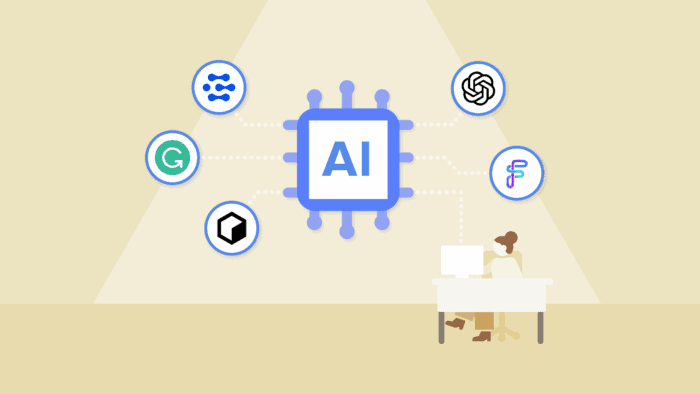On September 7, 2023, UNESCO issued the world’s first “generative AI” education and research guidelines. The guidelines provide a roadmap for regulating generative AI (used as “gen AI” throughout the rest of the article). It also recommends vital elements for national policies on gen AI in education. The guidelines also co-design the uses of gen AI in education and research. This article will discuss the UNESCO guidelines for gen AI in education and research. It will also look at the opportunities and challenges of gen AI in education. Furthermore, the steps that governments should take to regulate gen AI will be discussed.

Regarding gen AI, Audrey Azoulay, UNESCO Director-General said
“Generative AI can be a tremendous opportunity for human development, but it can also cause harm and prejudice. It cannot be integrated into education without public engagement, and the necessary safeguards and regulations from governments. This UNESCO Guidance will help policymakers and teachers best navigate the potential of AI for the primary interest of learners”.
UNESCO Guidelines for Generative AI in Education and Research
The UNESCO guidelines for gen AI in education and research provide a roadmap for regulating gen AI in education. The guidelines recommend that governments should take seven key steps to regulate gen AI. It also says that they should set up policies for its use in education and research. The seven key steps are:
1. Develop a national policy framework for gen AI in education and research.
2. Establish a regulatory framework for gen AI in education and research.
3. Develop guidelines for the ethical use of gen AI in education and research.
4. Develop guidelines for the responsible use of gen AI in education and research.
5. Develop guidelines for the safe use of gen AI in education and research.
6. Develop guidelines for the transparent use of gen AI in education and research.
7. Develop guidelines for the accountable use of gen AI in education and research.

Briefs of the seven steps above
Step 1
The first step is to develop a national policy framework for gen AI in education and research. The policy framework should outline the goals and objectives of using gen AI in education and research and the ethical, responsible, safe, transparent, and accountable use of gen AI.
Step 2
The second step is to establish a regulatory framework for gen AI in education and research. The regulatory framework should ensure that the use of gen AI in education and research is consistent with the national policy framework.
Step 3
The third step is to develop guidelines for the ethical use of gen AI in education and research. The guidelines should ensure that the use of gen AI in education and research is consistent with ethical principles.
Step 4
The fourth step is to develop guidelines for the responsible use of gen AI in education and research. The guidelines should ensure that the use of gen AI in education and research is responsible and does not harm students or teachers.
Step 5
The fifth step is to develop guidelines for the safe use of gen AI in education and research. The guidelines should ensure that the use of gen AI in education and research is safe and does not pose a risk to students or teachers.
Step 6
The sixth step is to develop guidelines for the transparent use of gen AI in education and research. The guidelines should ensure that the use of gen AI in education and research is transparent and that students and teachers understand how gen AI is being used.
Step 7
The seventh step is to develop guidelines for the accountable use of gen AI in education and research. The guidelines should ensure that the use of gen AI in education and research is accountable and that there is a mechanism for redress if something goes wrong.
Age limit
In addition to the seven steps above, the guideline also sets an age limit of 13 years for the use of AI tools. This means that a student below 13 years should not use the tool. In fact, a teacher should not teach the subject of gen AI to students below 13. UNESCO says that below this age, the students are too young to use the gen AI tools. It may cause them to solely rely on AI tools.

Opportunities and Challenges of Generative AI in Education
Gen AI has the potential to transform education by giving custom learning experiences, automating administrative tasks, and improving student outcomes. Gen AI can also help teachers to identify students who are struggling and provide them with targeted interventions. However, there are also challenges associated with the use of gen AI in education. One of the challenges is the potential for bias in the algorithms used by gen AI. Another challenge is the need for teachers to be trained in the use of gen AI.
Final Words
The UNESCO guidelines for gen AI in education and research provide a roadmap to check gen AI and recommended key elements for national policies on gen AI in education. The guidelines co-design the uses of gen AI in education and research. Governments should take several steps to regulate gen AI in education and research, including developing a national policy framework, establishing a regulatory framework, and developing guidelines for the ethical, responsible, safe, transparent, and accountable use of gen AI. The use of gen AI in education has the potential to transform education, but there are also issues with its use.





